Sudden back pain is usually caused by a herniated disc. The intervertebral disc is a buffer between the vertebrae and has carried a heavy load over the years. When they become brittle and break, parts of the tissue can stick out and press on the nerve or spinal canal. This can cause severe pain. The lumbar spine in particular is often affected. A herniated disc usually shrinks on its own with the support of pain and anti-inflammatory medications, but in more severe cases, surgery is necessary.
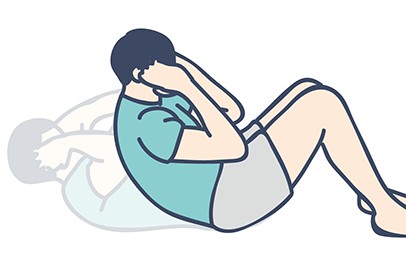
A lumbar disc herniation should not be used for sit-ups in the form shown : When you do a sit-up, the entire spine bends forward. The main flexion of the spine is in the thoracic segment. If the upper body is raised higher, the shear force will be closer to the lower vertebral body. If there is a problem of intervertebral disc herniation, the backward shear force will cause the intervertebral disc to move back. protrude.

There is also a common problem of carrying heavy objects, and you need to pay special attention to your posture. It is best to bend your knees and straighten your waist, as shown in the figure. Straight legs bend over and bow your head to lift heavy objects. The shear force on the lumbar intervertebral disc is too large. Anteriorly, the intervertebral disc bulges backwards, long-term bending, or other reasons (such as the waist hanging in the air, the thoracic spine leaning on the chair) causes the vertebral body to bend forward, which will cause the intervertebral disc to bulge backwards, and finally lead to herniation. At present, most domestic and foreign research results show that frequent or sudden flexion and rotation of the body is the main factor leading to lumbar disc herniation.
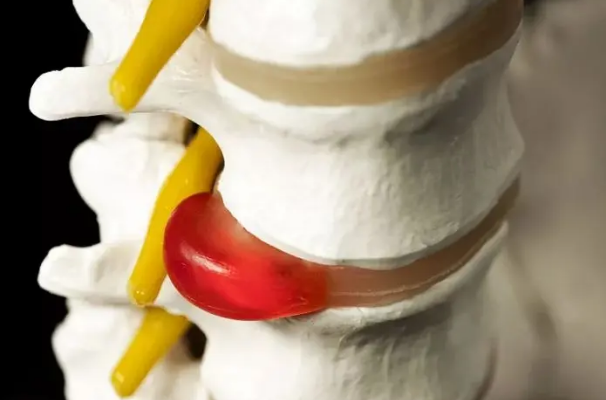
Lumbar intervertebral disc herniation generally does not require immediate surgery. You should first actively do rehabilitation to see if the symptoms can be relieved. Generally speaking, lumbar disc herniation can have a good prognosis after a period of systematic rehabilitation.
For surgery, the following conditions must be met
1 Non-surgical treatment is ineffective or recurs, and the symptoms are severe and affect work and life.
2. The symptoms of nerve injury are obvious, extensive, and even continue to deteriorate. It is suspected that there is a complete rupture of the annulus fibrosus of the intervertebral disc and the fragments of the nucleus pulposus protrude into the spinal canal.
3 Central lumbar disc herniation with bowel and bladder dysfunction.
4 Combined with obvious lumbar spinal stenosis.
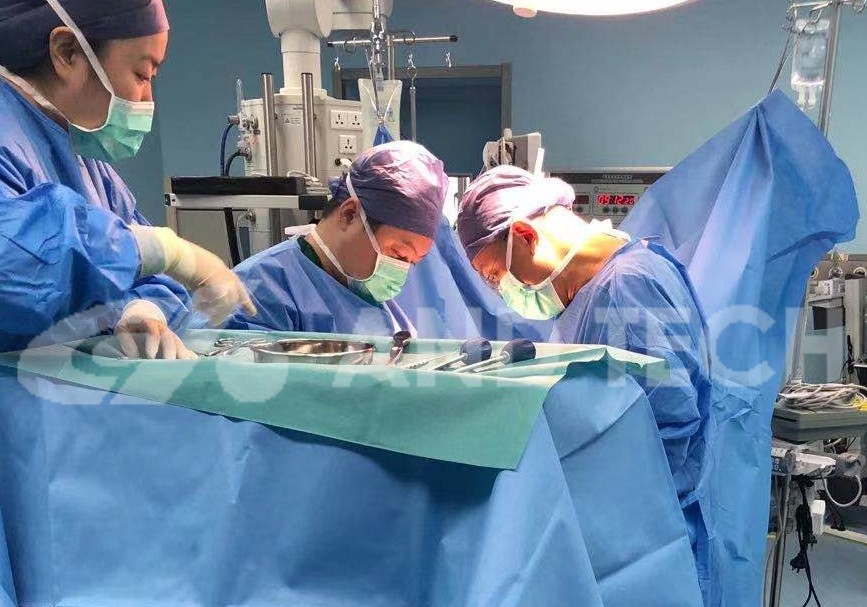
There are several types of lumbar spine surgery:
1. Conventional open surgery:
Conventional open surgery includes: total laminectomy, hemilaminectomy, transabdominal disc surgery, vertebral fusion, etc. The purpose of surgery is to directly remove the nucleus pulposus of the diseased lumbar intervertebral disc and relieve nerve root compression to achieve the purpose of treatment. Due to the limitation of the special physiological position of the lumbar vertebra, the operation destroys the normal physiological structure of the lumbar vertebrae, resulting in a large surgical injury, which is easy to cause postoperative instability of the lumbar spine, postoperative scar tissue adhesion, and a series of adverse reactions such as accidental nerve root injury during surgery. So most patients are afraid of surgery, how to avoid the above adverse reactions caused by surgery? This has always been a major conundrum in the medical community.
2. Minimally invasive surgery of intervertebral disc
In order to avoid the major injury problem of conventional open surgery and reduce the risk of surgery and the occurrence of complications, microsurgery and arthroscopic assisted lumbar intervertebral disc surgery reduce the damage to normal bones and joints during the operation, but Minimally invasive surgery is an operation, but it also has risks and complications. Another major problem is that after the surgical field becomes smaller, it is difficult to cleanly and completely remove the nucleus pulposus of the diseased lumbar intervertebral disc, which increases the risk of unsuccessful surgery.
3. Percutaneous incision and suction:
In patients with lumbar disc herniation, most of the herniated discs are caused by increased pressure within the disc. Percutaneous puncture and suction can significantly reduce the intradiscal pressure and reduce the content of the herniated disc, thereby reducing or eliminating the symptoms of nerve compression by the protrusion. The advantage of this method is that during the operation,the damage is small, but the disadvantage is that the operation mainly focuses on decompression, which is effective for intervertebral disc herniation.
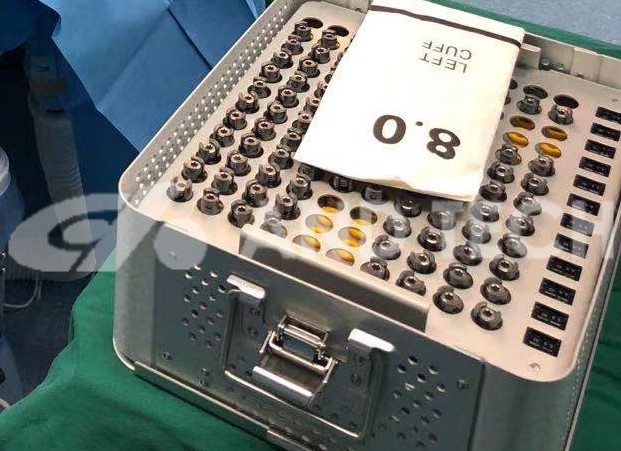
The pain relief effect of vertebroplasty is obvious, usually within 24 hours, the simple movement of the body can be resumed, and pain medication can be reduced or even stopped. There are many small holes in the osteoporotic vertebral body, and bone glue can fill these small holes, so as to strengthen the vertebral body and reduce the recurrence of fractures.
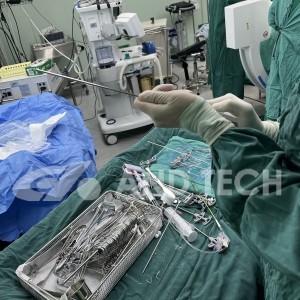
What are the advantages of vertebroplasty?
It greatly reduces the risk of complications such as hypostatic pneumonia caused by long-term bed rest.
The traditional conservative treatment methods for vertebral body fractures include bed rest, plastering, splint immobilization, etc. However, a considerable number of patients suffer from complications such as kyphosis, low back pain, sciatica, aggravated osteoporosis, delayed fracture union or nonunion, etc. Complications such as pulmonary or urinary tract infections may also occur due to prolonged bed rest. And 2 hours after vertebroplasty, patients can get out of bed and walk, thus greatly reducing the risk of complications such as hypostatic pneumonia caused by long-term bed rest.
Can significantly reduce the amount of pain medication.
Vertebroplasty has an obvious pain-relieving effect, which can significantly reduce the amount of pain medication, and some patients may even be asymptomatic.
Minimal trauma to the patient
Vertebroplasty only requires a pinhole-sized minimally invasive incision with almost no bleeding; the use of local anesthesia avoids various risks of general anesthesia surgery, and the operation time is short, the operation is painless, and the pain is relieved immediately after the operation. For middle-aged and elderly patients, vertebroplasty is a very good choice.
Post time: Sep-29-2022





